Home>Furniture & Design>Outdoor Furniture>What Happens When The Outdoor Temperature Drops
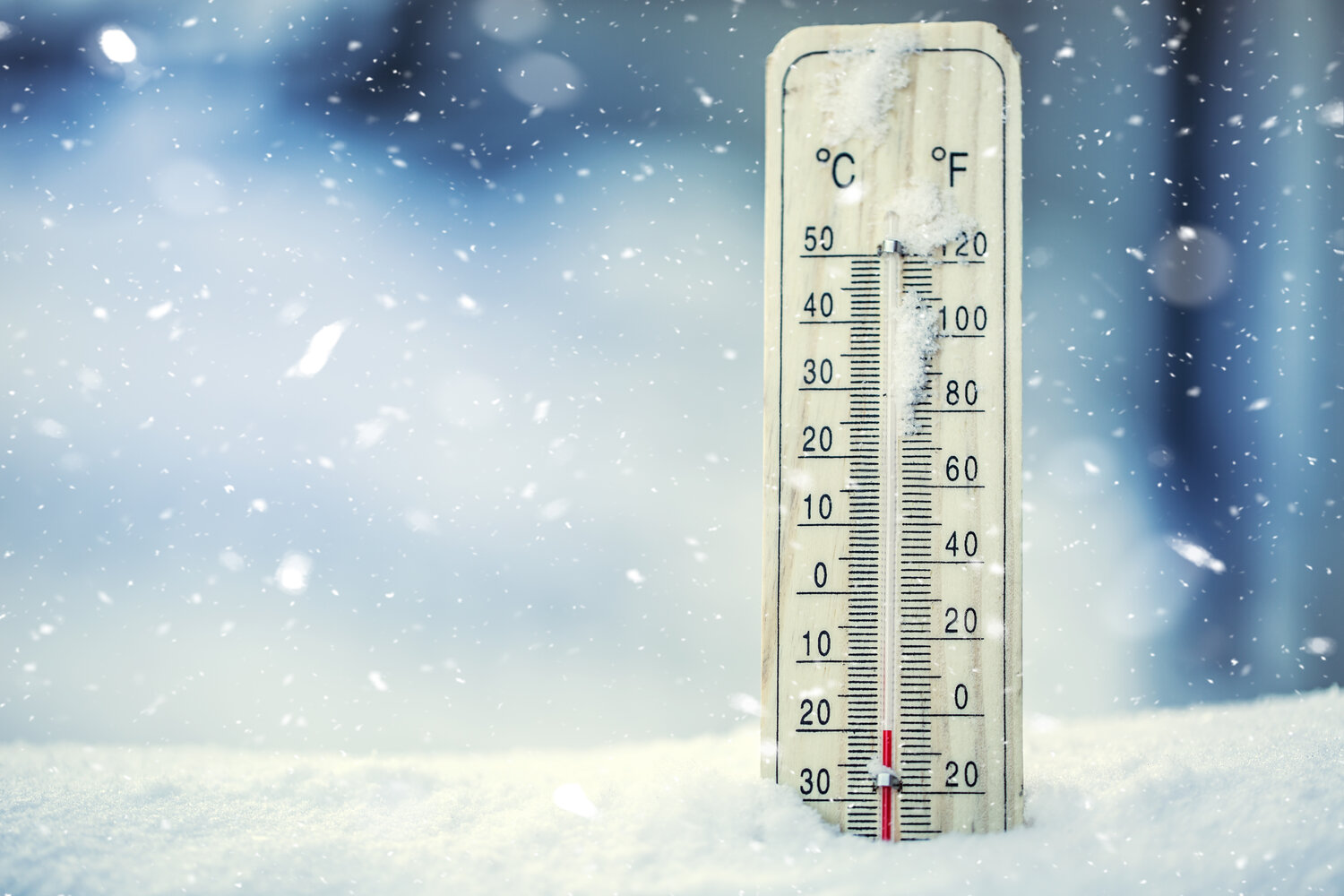

Outdoor Furniture
What Happens When The Outdoor Temperature Drops
Published: January 14, 2024
Discover how outdoor furniture and design are affected when the temperature drops. Learn how to protect and maintain your outdoor furniture during colder weather.
(Many of the links in this article redirect to a specific reviewed product. Your purchase of these products through affiliate links helps to generate commission for Storables.com, at no extra cost. Learn more)
Introduction
Read more: What Happens When You Drop In On Alexa
Introduction
As the seasons transition and the air turns brisk, the outdoor temperature plays a significant role in shaping our daily lives and the world around us. Whether it’s the subtle chill of autumn or the biting cold of winter, the fluctuating outdoor temperatures have a profound impact on various aspects of our existence. In this article, we’ll explore the diverse effects of cold weather, from its influence on the human body to its repercussions on transportation, wildlife, ecosystems, and outdoor activities. By delving into these effects, we can gain a deeper understanding of how the outdoor temperature drop shapes our experiences and environments.
Key Takeaways:
- Embrace the Cold: From winter sports to seasonal festivities, cold weather brings unique opportunities for fun and celebration, encouraging us to adapt and enjoy the distinct pleasures of the colder months.
- Protect and Prepare: Be mindful of the effects of cold weather on our bodies, transportation, wildlife, and outdoor activities. Take proactive measures to safeguard well-being and embrace the changes brought by winter.
Effects of Cold Weather on the Human Body
When the outdoor temperature drops, the human body undergoes a series of physiological responses to cope with the chilly conditions. Exposure to cold weather can lead to vasoconstriction, a process where blood vessels narrow to conserve heat, resulting in increased blood pressure and a higher risk of cardiovascular strain. Additionally, the body’s metabolic rate rises in an effort to maintain internal warmth, potentially leading to heightened energy expenditure and an increased demand for nutrients.
Beyond these internal adjustments, prolonged exposure to cold weather can have noticeable effects on the skin, such as dryness, chapping, and even frostbite in extreme cases. Furthermore, the respiratory system may be impacted, as cold air can irritate the airways and exacerbate conditions like asthma or chronic obstructive pulmonary disease (COPD).
Psychologically, the drop in outdoor temperature can also influence mood and behavior. Seasonal Affective Disorder (SAD), a type of depression related to changes in seasons, is more prevalent during colder months due to reduced exposure to natural light and potential disruptions in circadian rhythms.
It’s essential to recognize and address these effects by taking appropriate measures to protect the body from the harsh impact of cold weather. By staying mindful of these physiological and psychological responses, individuals can take proactive steps to safeguard their well-being during colder seasons.
Impact on Vehicles and Transportation
When the outdoor temperature drops, vehicles and transportation systems are profoundly affected, presenting a myriad of challenges and considerations for commuters and travelers. One of the most immediate concerns is the impact of cold weather on vehicle performance. Frigid temperatures can lead to decreased tire pressure, reduced battery efficiency, and thickening of lubricants, all of which can compromise a vehicle’s operability and safety.
Furthermore, icy road conditions and reduced visibility due to snow or fog pose significant hazards for drivers, necessitating heightened caution and specialized driving techniques. In regions with pronounced winter weather, municipalities and transportation authorities often implement de-icing and snow removal measures to mitigate these risks, ensuring safer travel for residents and visitors.
Public transportation systems also grapple with the effects of cold weather, as snow and ice accumulation can disrupt schedules and impede the reliable operation of buses, trains, and trams. Additionally, passengers are required to adapt to the colder conditions, often facing longer wait times at exposed stops and platforms, thereby necessitating appropriate attire and provisions to withstand the elements.
Despite these challenges, cold weather can also inspire innovative solutions and adaptations in the realm of transportation. From the development of winter-specific tires and antifreeze formulations to the implementation of heated bus shelters and improved snow-clearing technologies, the influence of cold weather on vehicles and transportation has spurred advancements aimed at enhancing safety and convenience during wintry conditions.
By recognizing and addressing the impact of cold weather on vehicles and transportation, individuals and communities can better prepare for the challenges posed by winter climates, fostering resilience and ensuring the continued functionality of essential transportation networks.
Influence on Wildlife and Ecosystems
As the outdoor temperature drops, wildlife and ecosystems undergo a series of adaptations and challenges in response to the changing environmental conditions. Cold weather can significantly impact the behavior, habitat, and survival of various species, influencing ecological dynamics and biodiversity.
One notable effect of cold weather on wildlife is the migration patterns of birds and mammals. Many species undertake long-distance journeys to escape the harsh conditions, seeking warmer climates and abundant food sources. Conversely, some animals enter a state of hibernation or torpor, conserving energy and minimizing activity to endure the scarcity of resources during the colder months.
Furthermore, the availability of food and water sources dwindles during cold weather, prompting shifts in foraging behaviors and resource utilization among wildlife populations. This can lead to heightened competition for limited resources, impacting the balance of predator-prey relationships and the overall stability of ecosystems.
In aquatic ecosystems, the drop in outdoor temperature can trigger changes in water density and circulation, influencing the distribution of aquatic organisms and the dynamics of underwater habitats. Cold weather can also lead to the formation of ice cover on bodies of water, affecting the availability of oxygen and light for aquatic plants and animals, thereby shaping the composition and productivity of aquatic ecosystems.
Despite these challenges, cold weather also plays a crucial role in ecosystem processes, such as the regulation of pest populations and the promotion of seed dormancy and germination in plants. Additionally, the seasonal variation in temperature serves as a natural cue for the synchronization of reproductive cycles and life stages among diverse species, contributing to the intricate web of ecological interactions.
By understanding the influence of cold weather on wildlife and ecosystems, conservation efforts and environmental management strategies can be tailored to mitigate the impacts of winter conditions, safeguarding the resilience and vitality of natural habitats and the species that depend on them.
When the outdoor temperature drops, make sure to dress in layers to stay warm, cover your head and extremities, and limit time spent outside to avoid cold-related illnesses.
Changes in Outdoor Activities and Recreation
When the outdoor temperature drops, the realm of outdoor activities and recreation undergoes a transformative shift, presenting both challenges and opportunities for enthusiasts and leisure-seekers. Whether it’s the thrill of winter sports or the tranquility of nature walks, cold weather brings about a host of changes in the way individuals engage with the outdoors.
One of the most prominent shifts in outdoor activities during colder seasons is the emergence of winter sports and pastimes, such as skiing, snowboarding, ice skating, and snowshoeing. These activities capitalize on the unique characteristics of cold weather, offering exhilarating experiences and fostering a deep appreciation for the winter landscape.
Conversely, some traditional outdoor activities may become less accessible or appealing during cold weather, as factors like reduced daylight hours, inclement weather, and icy conditions can pose challenges for hiking, camping, and outdoor events. However, this shift often paves the way for alternative forms of outdoor recreation, such as winter hiking, ice fishing, and wildlife observation, allowing individuals to explore and appreciate the winter environment in new and captivating ways.
Cold weather also influences the infrastructure and amenities associated with outdoor activities, prompting the installation of seasonal facilities like outdoor ice rinks, cross-country ski trails, and winterized campgrounds. Additionally, the demand for cold-weather gear and equipment, including insulated clothing, snow gear, and thermal accessories, surges as individuals prepare to partake in winter pursuits.
Moreover, the drop in outdoor temperature fosters a sense of communal celebration and festivity, as communities organize winter festivals, holiday markets, and seasonal events that embrace the unique charm of the colder months. These gatherings provide opportunities for social engagement and cultural enrichment, uniting individuals in the shared enjoyment of winter-themed activities and traditions.
By adapting to the changes in outdoor activities and recreation brought about by cold weather, individuals can embrace the distinct pleasures and diversions offered by winter, enriching their leisure experiences and fostering a deeper connection with the natural world in its seasonal transformations.
Conclusion
As we’ve explored the multifaceted effects of cold weather, it becomes evident that the outdoor temperature drop exerts a profound influence on diverse aspects of our lives and the surrounding environment. From its impact on the human body to its implications for transportation, wildlife, ecosystems, and outdoor activities, cold weather shapes our experiences and interactions in a multitude of ways.
Amidst the physiological adjustments and challenges posed by cold weather, individuals are presented with opportunities to embrace the unique characteristics of winter, from engaging in exhilarating sports to partaking in seasonal festivities. By recognizing the influence of cold weather on our well-being and recreational pursuits, we can adapt and prepare accordingly, ensuring that we derive fulfillment and enjoyment from the colder months.
Moreover, the influence of cold weather extends beyond human experiences, permeating ecosystems and wildlife habitats, where species navigate the complexities of winter survival and adaptation. Understanding these ecological dynamics enables us to appreciate the resilience and interconnectedness of natural systems, inspiring conservation efforts and environmental stewardship in the face of winter’s challenges.
In the realm of transportation, cold weather necessitates vigilance and preparedness, prompting innovations and strategies to enhance safety and functionality in wintry conditions. From specialized vehicle maintenance to the implementation of snow-clearing technologies, the influence of cold weather on transportation systems fosters resilience and resourcefulness in addressing winter-related challenges.
Ultimately, the influence of cold weather serves as a testament to the dynamic interplay between nature and human society, highlighting the adaptability and ingenuity required to thrive in the face of seasonal changes. By embracing the distinct opportunities and considerations presented by cold weather, we can cultivate a deeper appreciation for the richness and diversity of experiences that each season offers, fostering a harmonious coexistence with the natural world.
As we navigate the fluctuations of outdoor temperature, let us approach the colder months with a spirit of resilience, creativity, and reverence for the intricate tapestry of life that unfolds amidst the chill of winter.
Frequently Asked Questions about What Happens When The Outdoor Temperature Drops
Was this page helpful?
At Storables.com, we guarantee accurate and reliable information. Our content, validated by Expert Board Contributors, is crafted following stringent Editorial Policies. We're committed to providing you with well-researched, expert-backed insights for all your informational needs.
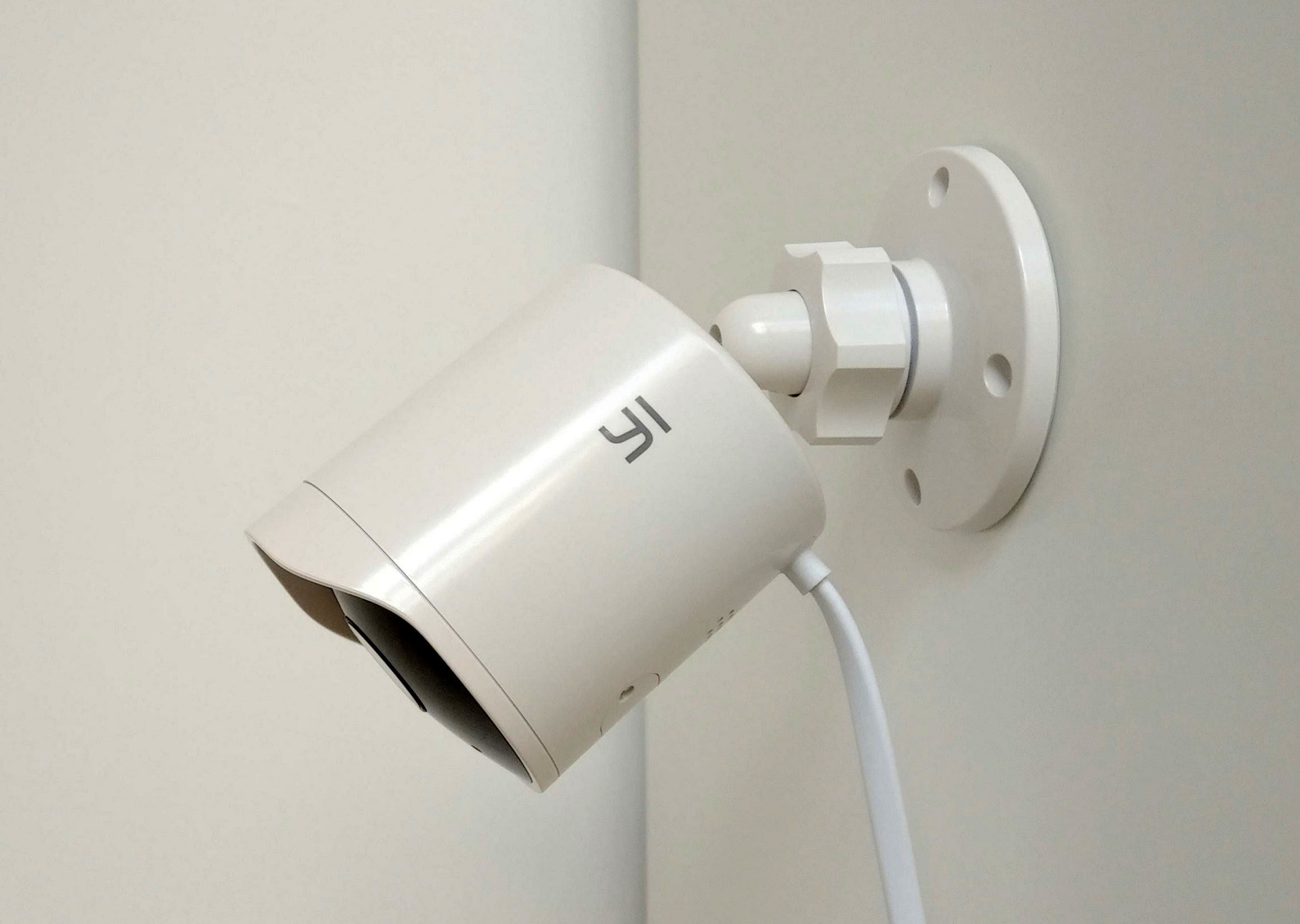
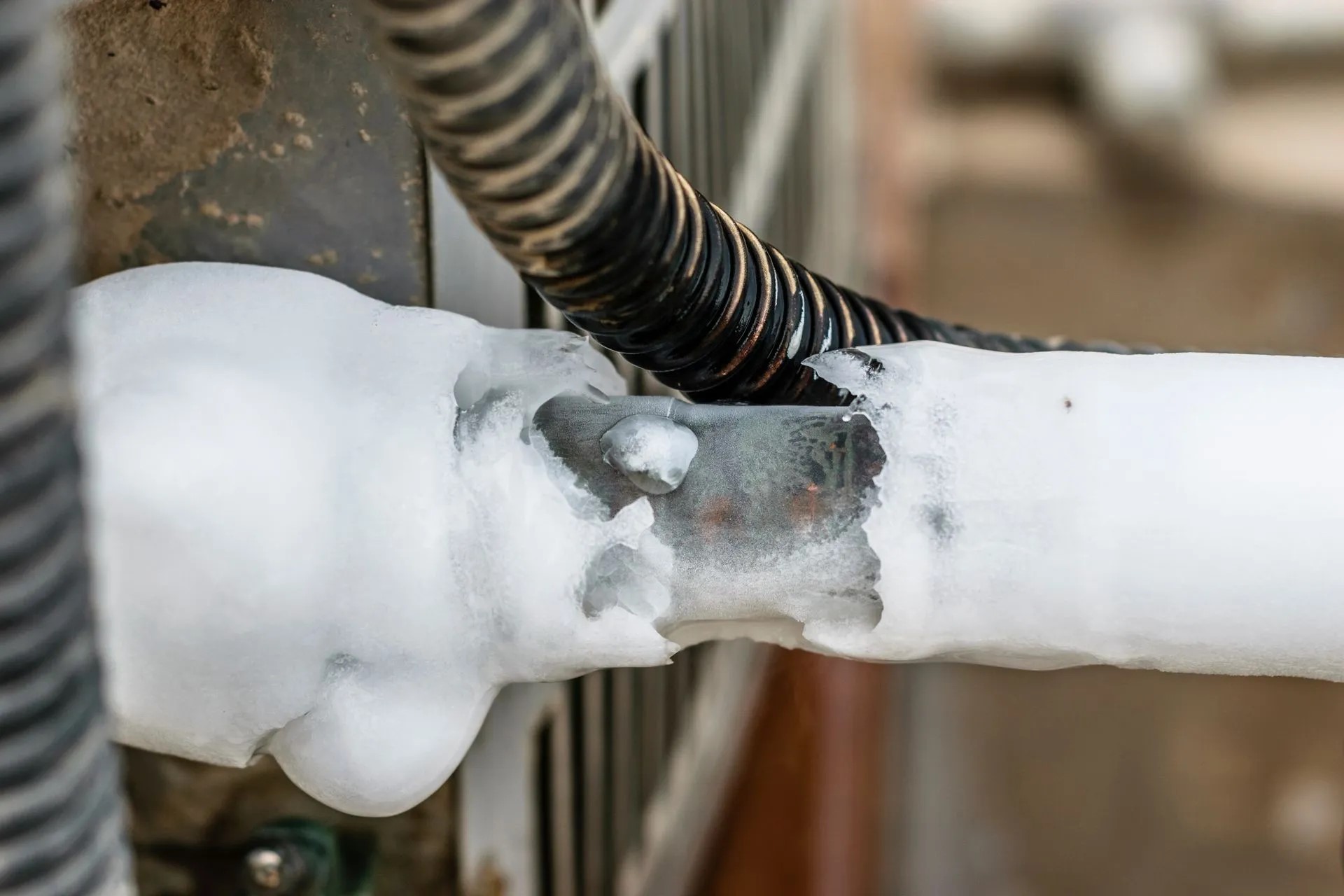

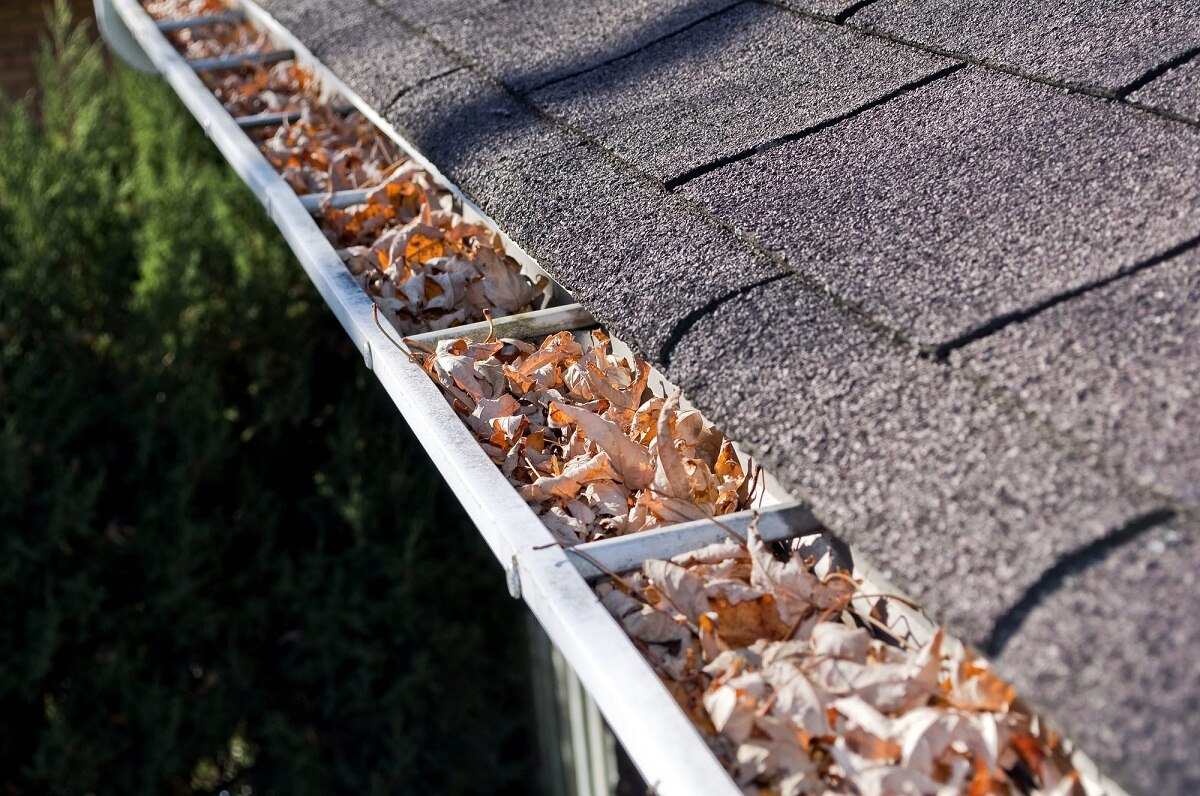

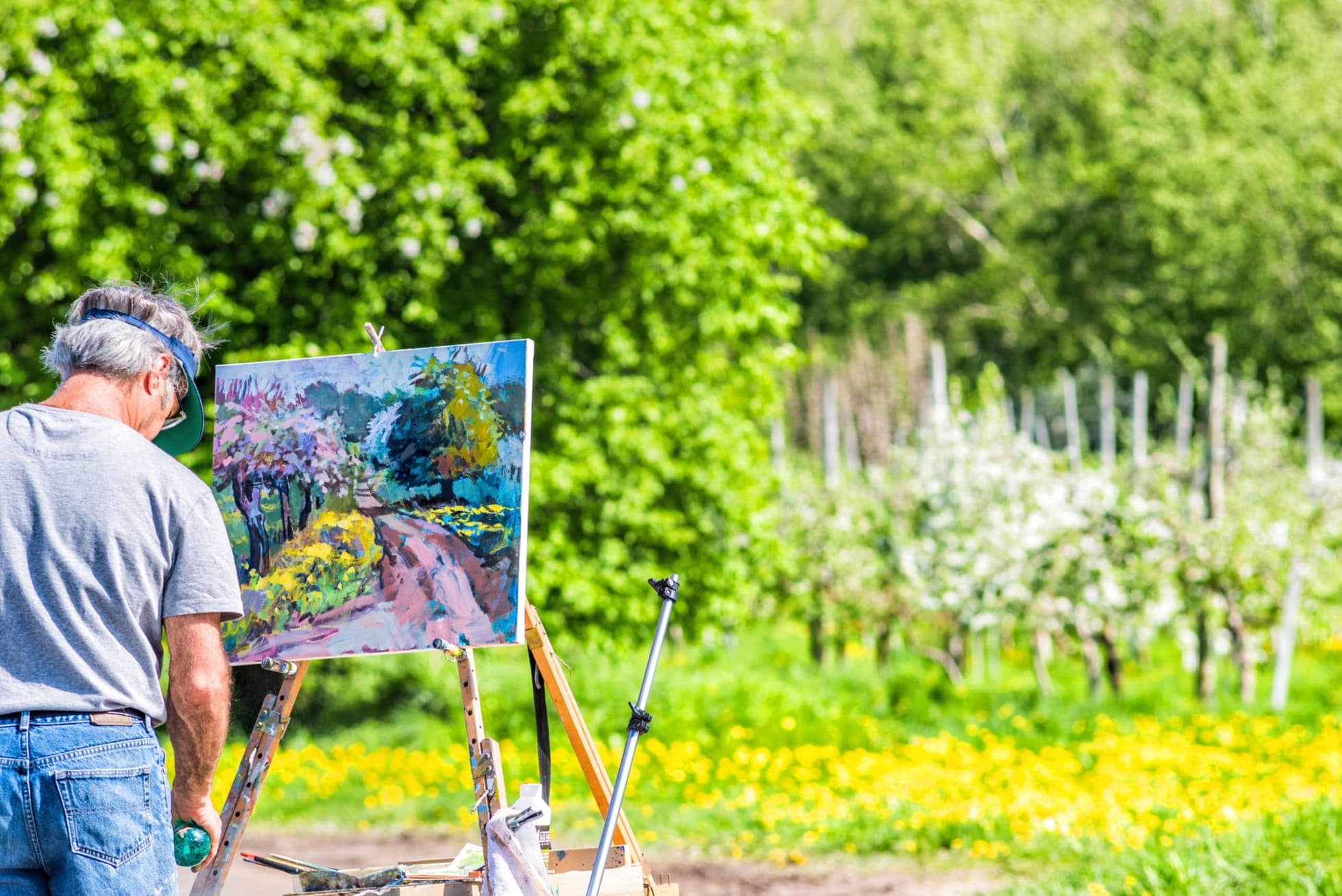
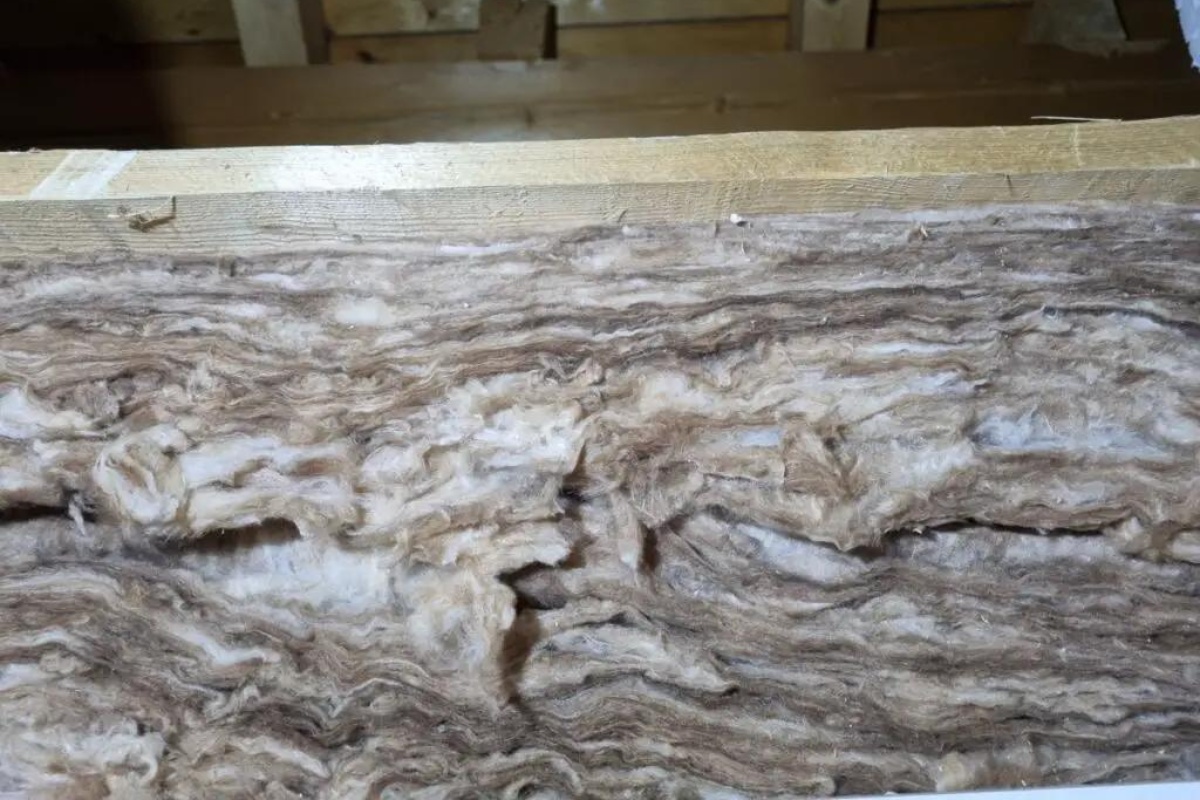
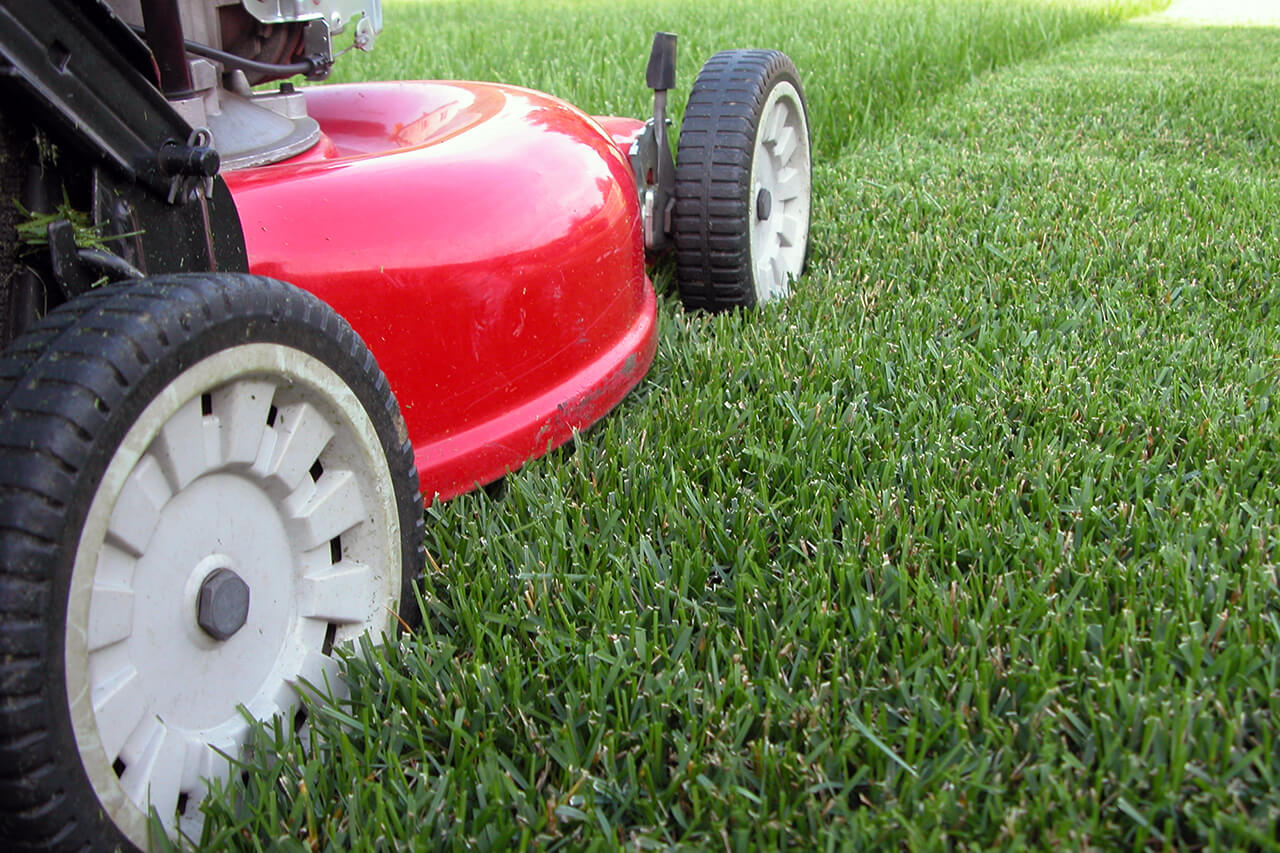
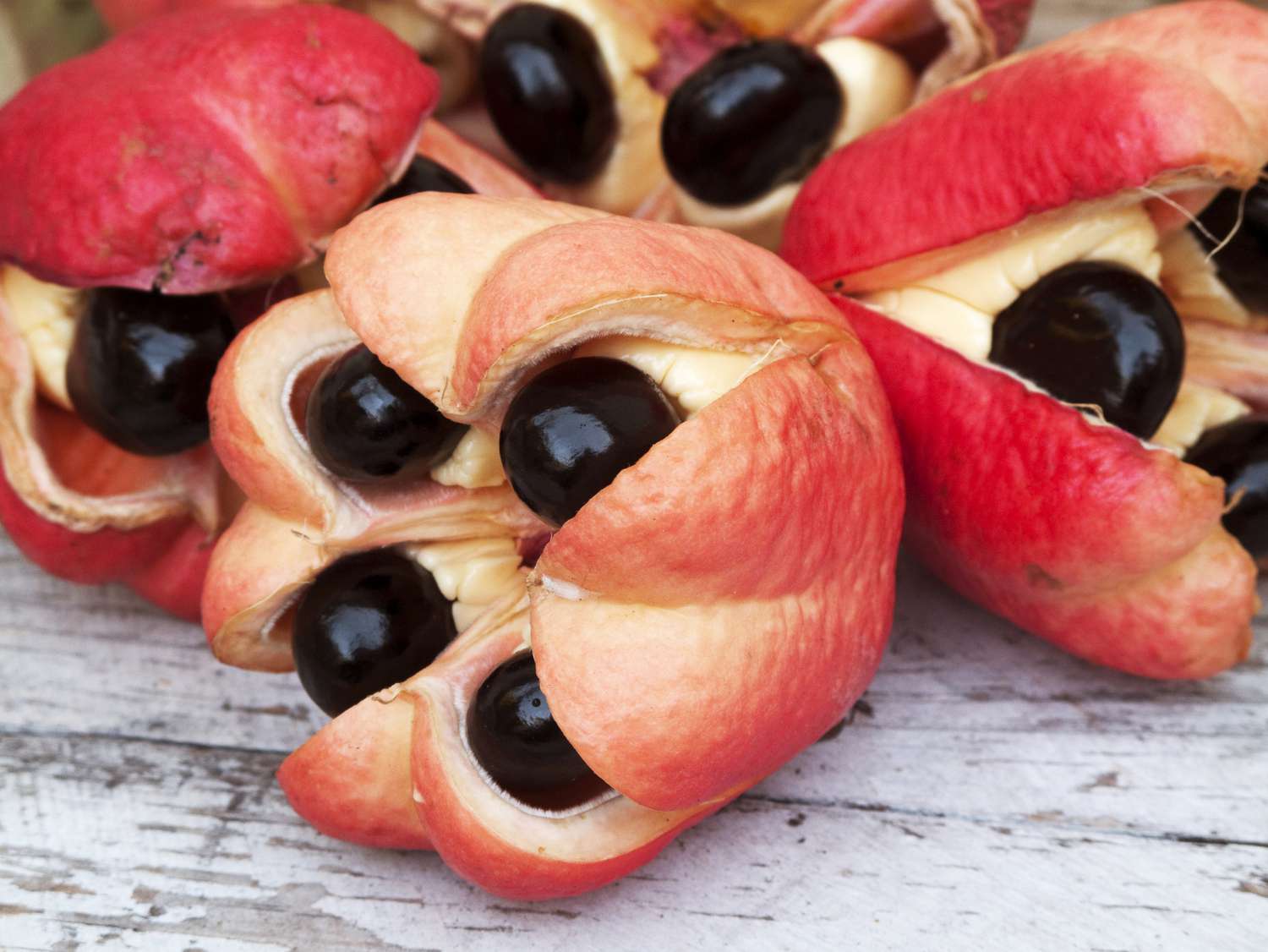
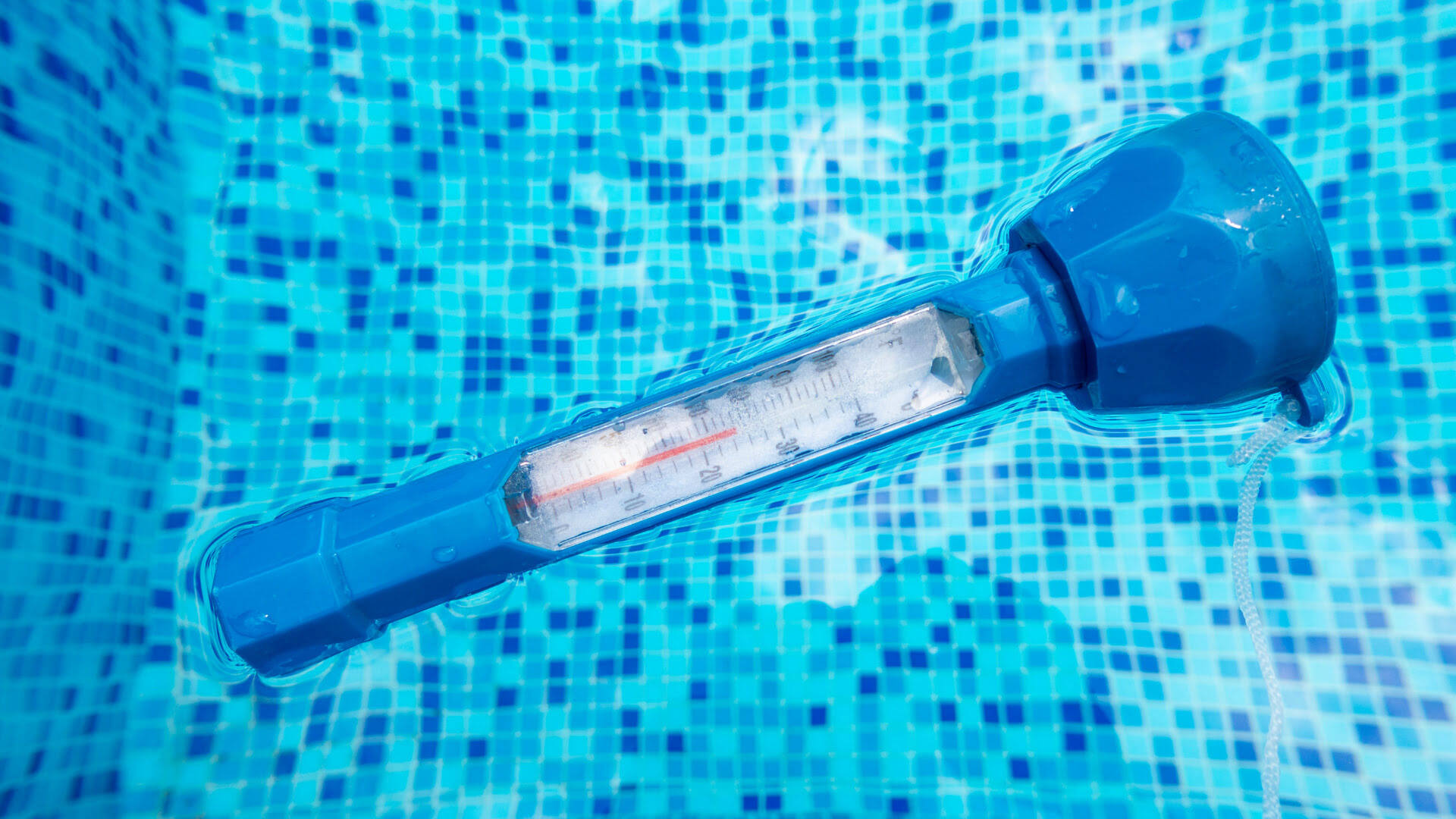
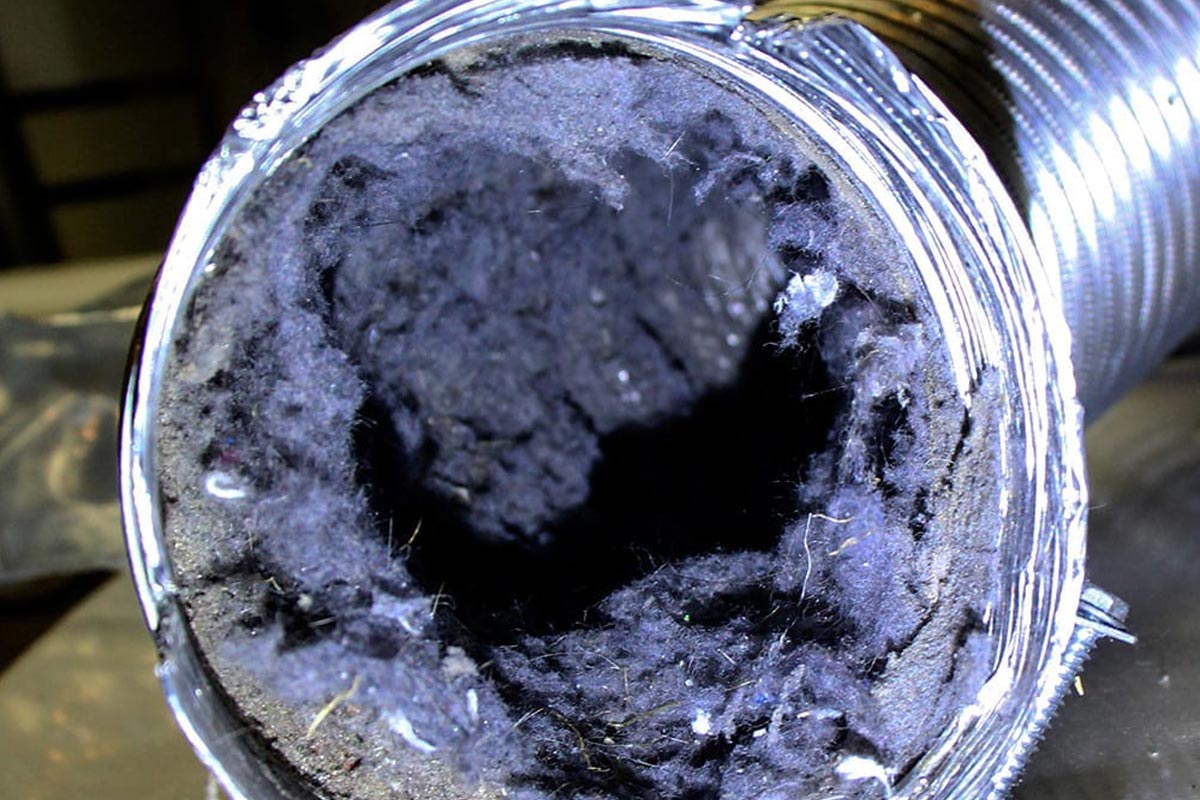
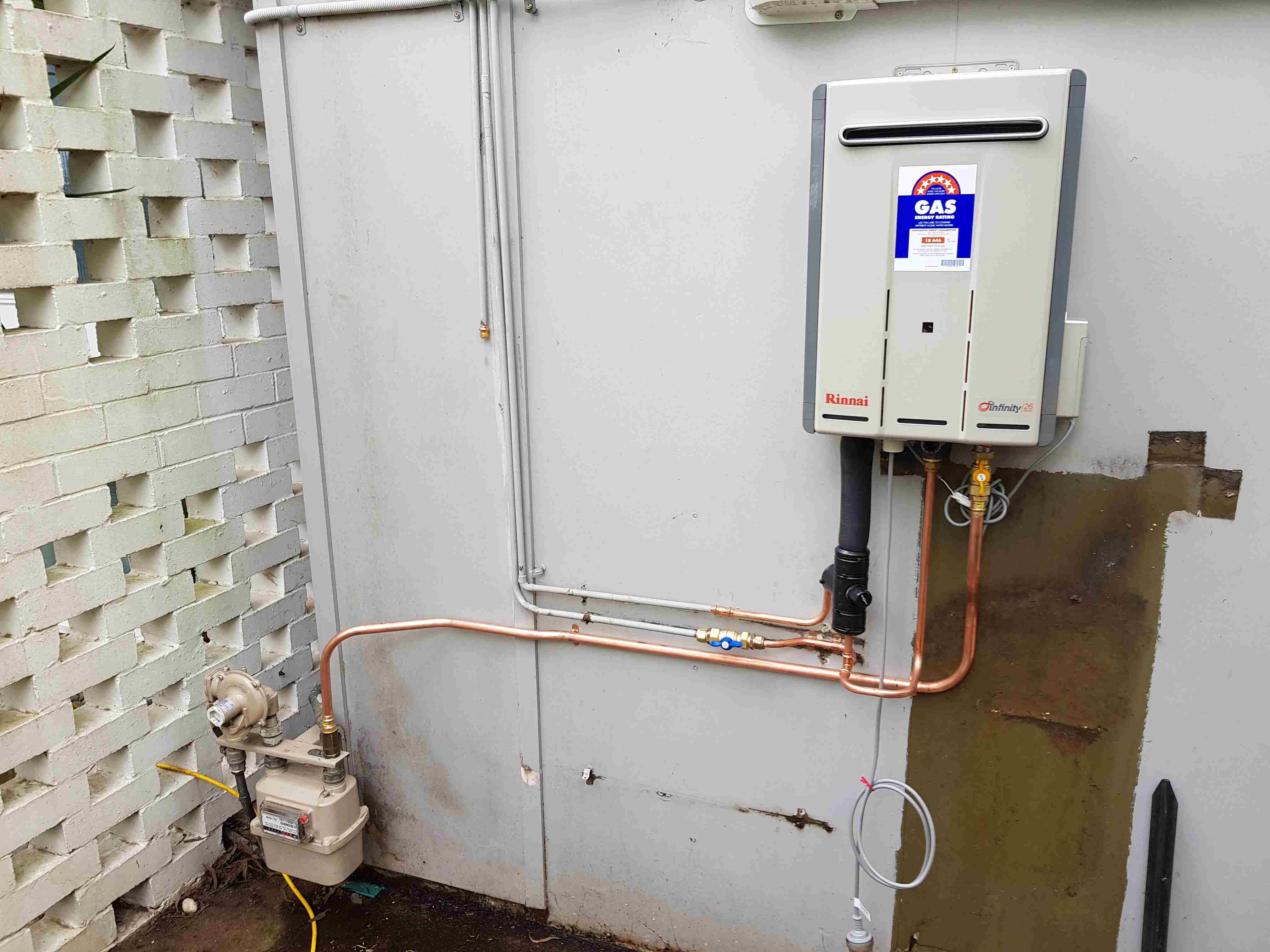
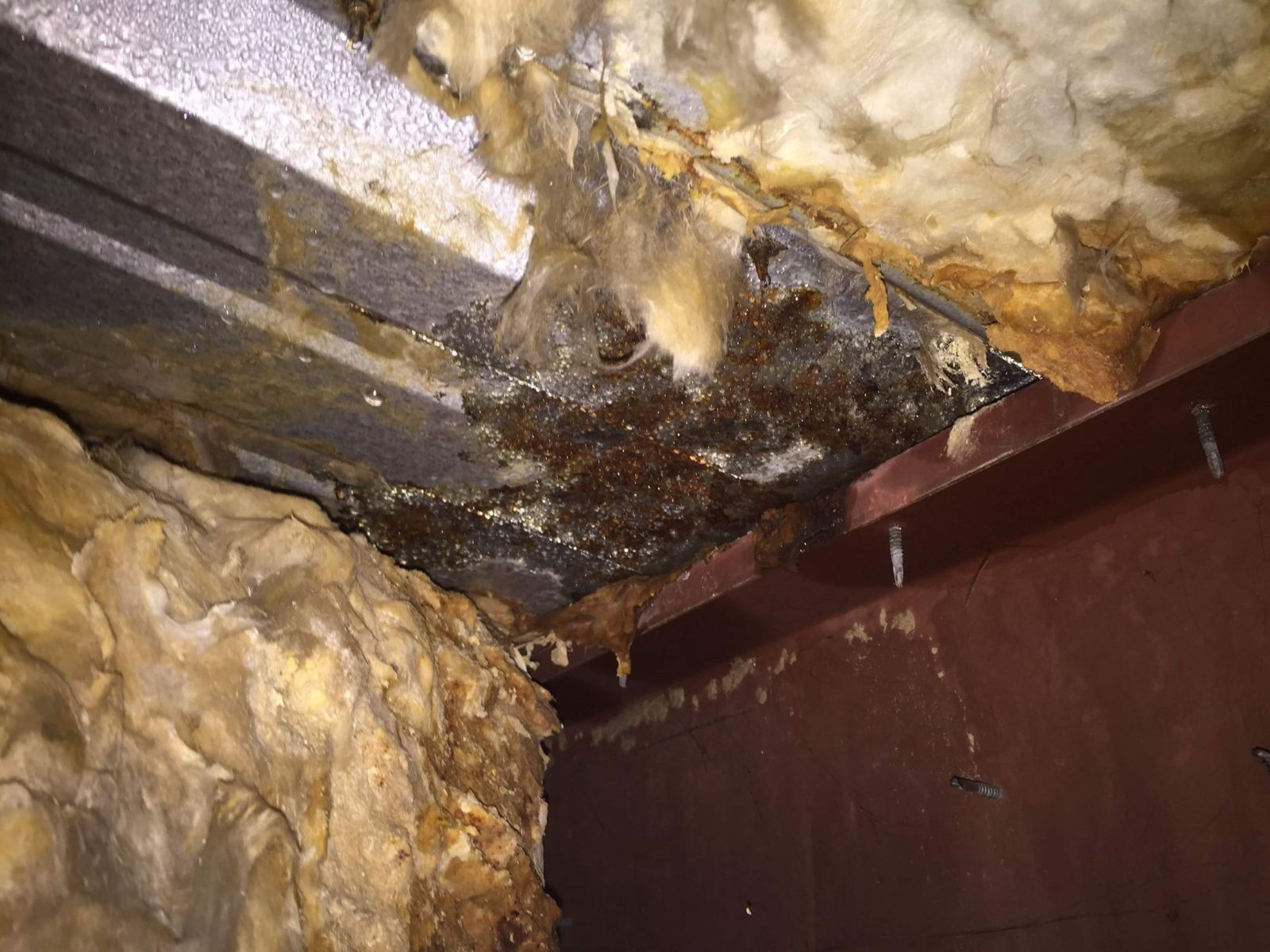
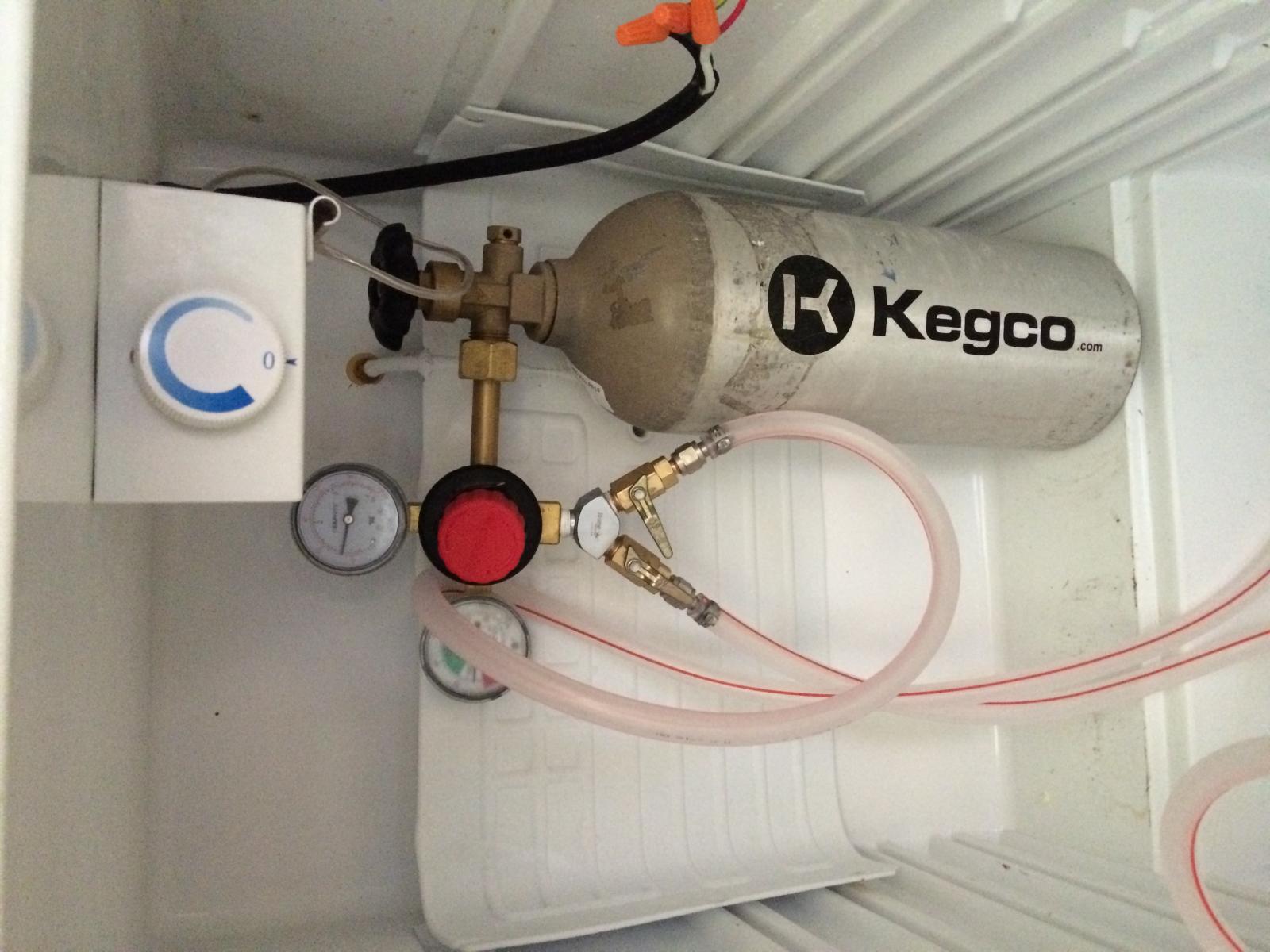

0 thoughts on “What Happens When The Outdoor Temperature Drops”